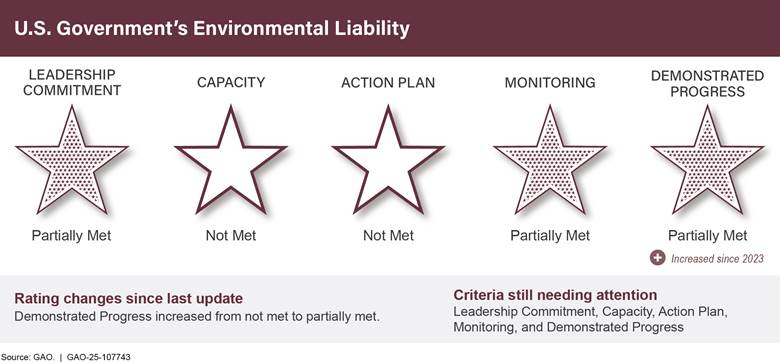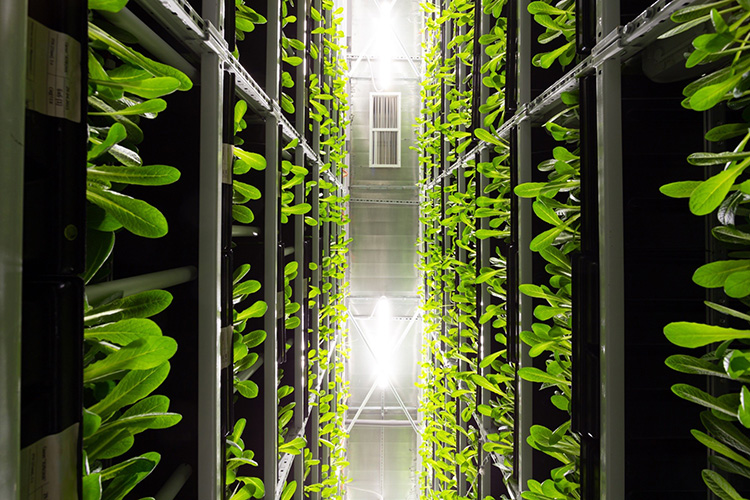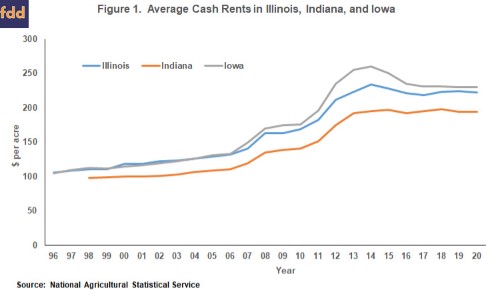Report on Household Food Security and Maternal Dietary Diversity in Rural Gedeo Zone, Southern Ethiopia: Emphasizing Sustainable Development Goals
Introduction
Food security, defined as the condition when all people have physical and economic access to sufficient, safe, and nutritious food at all times, remains a critical challenge in low-income countries. Monotonous diets and micronutrient deficiencies are prevalent, contributing to malnutrition globally. The rise in moderate or severe food insecurity since 2014, with a sharp increase in 2020, underscores the urgency of addressing this issue. Nearly one-third of the global population lacked adequate food access in 2020, with women of reproductive age in resource-poor settings particularly vulnerable due to limited dietary diversity dominated by staple foods.
In Africa, approximately 20% of the population was undernourished in 2022, with a significant portion severely food insecure. Asia and Africa bear the majority of the undernourished population, with millions of children under five affected by stunting and wasting. Dietary diversity, a key proxy for food security and diet quality, is widely recognized but lacks a standardized measurement consensus. The relationship between dietary diversity indicators and health outcomes remains complex, with minimum dietary diversity for women serving as a practical population-level assessment tool.
Food insecurity not only impacts health but also imposes economic burdens on households. Vulnerability to poverty, environmental shocks, and conflict exacerbates food insecurity, especially in famine-prone regions like Ethiopia. The Gedeo zone faces unique challenges due to fragile agroecology and high population density, with limited empirical evidence on factors influencing dietary diversity and food security at the household level.
Methods
Study Setting, Design, and Participants
The study was conducted in selected rural districts of the Gedeo zone, Southern Nations, Nationalities, and People’s Region (SNNPR), Ethiopia, between February and August 2019. The zone is a major coffee-producing area with a predominantly rural population. A community-based cross-sectional design was employed, targeting mothers/caretakers aged 15–49 years. Two districts were randomly selected, and a stratified simple random sampling approach was used to select households, resulting in 422 complete responses (98.6% response rate).
Measures
Minimum Dietary Diversity for Women (MDD-W)
Women’s dietary diversity was assessed using the MDD-W indicator recommended by the Food and Agriculture Organization (FAO). This dichotomous measure evaluates whether women consumed at least four out of seven defined food groups in the previous day or night, serving as a proxy for micronutrient adequacy and diet quality.
Household Food Security Scale
Household food insecurity was measured using the Household Food Insecurity Access Scale (HFIAS), which assesses food security status over the previous month. Households were categorized into food secure or food insecure based on responses to nine standardized questions.
Data Collection and Analysis
- Data were collected via pre-tested, structured, interviewer-administered questionnaires translated into local languages.
- Statistical analyses included descriptive statistics and logistic regression to identify determinants of dietary diversity and food security.
- Significance was determined at p ≤ 0.05.
Ethical Considerations
Ethical approval was obtained from Dilla University Institutional Review Board. Confidentiality, beneficence, and privacy were maintained throughout the study.
Results
Socio-Demographic Characteristics
The mean age of respondents was 32.05 years. The majority were ethnically Gedeo and Protestant by religion. Detailed socio-demographic and economic characteristics are presented in Table 1.
Dietary Consumption Patterns
Household consumption patterns varied by wealth status. Starchy staples and vegetables were widely consumed across all wealth categories. Higher wealth households consumed more legumes, nuts, seeds, and dairy products. Overall, 65.5% of mothers had adequate dietary diversity, while only 27.9% of households were food secure.
Determinants of Dietary Diversity
- Households experiencing severe food insecurity were 80% less likely to have high dietary diversity.
- High household wealth status increased the likelihood of high dietary diversity by 2.52 times.
- Households with non-pregnant women were more likely to have high dietary diversity compared to those with pregnant women.
- Pregnant women with four or more antenatal care visits were less likely to have high dietary diversity.
- Mothers with secondary education or higher were less likely to have high dietary diversity compared to those with no education.
Determinants of Household Food Security
- Larger household sizes (5–7 and 8–12 members) were associated with lower food insecurity compared to smaller households.
- Higher women’s dietary diversity was associated with an 83% reduction in household food insecurity.
Discussion
The study highlights the complex interplay between maternal education, antenatal care, pregnancy status, household wealth, and food security in determining dietary diversity. Larger households showed reduced food insecurity, possibly due to shared resources and labor. Women’s dietary diversity emerged as a protective factor against food insecurity, emphasizing the importance of diverse diets for nutritional adequacy.
Household wealth positively influenced dietary diversity, consistent with evidence linking socioeconomic status to diet quality. Unexpected findings, such as lower dietary diversity among women with higher education and frequent antenatal visits, may reflect underlying health issues or socioeconomic constraints, warranting further investigation.
These findings align with Sustainable Development Goal (SDG) 2: Zero Hunger, which aims to end hunger, achieve food security, improve nutrition, and promote sustainable agriculture. Enhancing dietary diversity and food security contributes directly to this goal, while maternal education and empowerment relate to SDG 4 (Quality Education) and SDG 5 (Gender Equality).
Limitations
- Dietary diversity was used as a proxy for nutrient adequacy without quantitative nutrient intake data.
- The 24-hour dietary recall may not reflect usual dietary patterns due to day-to-day and seasonal variations.
- Self-reported data may be subject to bias.
- The binary nature of MDD-W may overlook portion sizes and cultural dietary factors.
Recommendations for Future Research
- Investigate cultural, regional, and socioeconomic influences on dietary diversity and food security.
- Examine long-term impacts of dietary diversity and food security on maternal and child health outcomes.
- Identify barriers such as affordability, accessibility, and gender norms affecting diet quality.
- Develop additional indicators and incorporate biomarkers for accurate nutritional assessment.
Conclusion
This study demonstrates that household wealth, maternal education, pregnancy status, and food security significantly influence maternal dietary diversity, while household size and dietary diversity affect food security status. Interventions targeting maternal literacy, women’s economic empowerment, and food security are essential to improve dietary diversity and contribute to achieving SDG 2: Zero Hunger.
Data Availability
Data supporting this study are included within the article and supplementary materials. Further inquiries can be directed to the corresponding author.
Author Contributions
Contributions include conceptualization, methodology, data analysis, supervision, and manuscript preparation by the listed authors.
Funding and Conflict of Interest
No financial support was received for this research. The authors declare no conflicts of interest.
References
References are available as per the original study documentation.
1. Sustainable Development Goals (SDGs) Addressed in the Article
- SDG 2: Zero Hunger
- The article focuses extensively on food security, dietary diversity, and micronutrient adequacy, which are central to achieving zero hunger and ending all forms of malnutrition.
- It discusses household food insecurity, undernourishment, and dietary diversity among women and households in rural Ethiopia.
- SDG 3: Good Health and Well-being
- Maternal nutrition and dietary diversity impact health outcomes for women and children, linking to SDG 3 targets on reducing maternal and child mortality and improving nutrition.
- SDG 1: No Poverty
- The article highlights economic access to food and the economic toll of food insecurity on households, connecting to poverty reduction efforts.
- SDG 5: Gender Equality
- Focus on women’s dietary diversity and empowerment in agriculture (A-WEAI) relates to gender equality and women’s empowerment.
2. Specific Targets Under the Identified SDGs
- SDG 2: Zero Hunger
- Target 2.1: End hunger and ensure access by all people to safe, nutritious, and sufficient food all year round.
- Target 2.2: End all forms of malnutrition, including achieving targets on stunting and wasting in children under 5 years of age.
- Target 2.3: Double the agricultural productivity and incomes of small-scale food producers, including women.
- SDG 3: Good Health and Well-being
- Target 3.1: Reduce the global maternal mortality ratio.
- Target 3.2: End preventable deaths of newborns and children under 5 years of age.
- Target 3.4: Reduce premature mortality from non-communicable diseases through prevention and treatment, and promote mental health and well-being.
- SDG 1: No Poverty
- Target 1.2: Reduce at least by half the proportion of men, women and children living in poverty in all its dimensions according to national definitions.
- SDG 5: Gender Equality
- Target 5.a: Enhance the use of enabling technology, in particular information and communications technology, to promote the empowerment of women.
- Target 5.5: Ensure women’s full and effective participation and equal opportunities for leadership at all levels of decision-making in political, economic and public life.
3. Indicators Mentioned or Implied in the Article to Measure Progress
- Minimum Dietary Diversity for Women (MDD-W)
- Defined as consumption of at least 4 out of 7 (or 16 grouped) food groups in the previous day or night.
- Used as a proxy indicator for micronutrient adequacy and diet quality among women of reproductive age.
- Household Food Insecurity Access Scale (HFIAS)
- 9-item scale measuring household food security status over the previous month.
- Households categorized into food secure, mildly, moderately, and severely food insecure.
- Dichotomized into food secure vs. food insecure for analysis.
- Global Hunger Index (GHI) and Global Food Security Index (GFSI)
- Referenced as contextual indicators for Ethiopia’s hunger and food security status.
- Dietary Diversity Score (DDS)
- Used to assess dietary variety and quality at household and individual levels.
- Associated with nutrient adequacy and food security.
- Socio-demographic and Economic Variables
- Household wealth status, maternal education, pregnancy status, household size, and antenatal care visits as determinants influencing dietary diversity and food security.
4. Table of SDGs, Targets, and Indicators
| SDGs | Targets | Indicators |
|---|---|---|
| SDG 2: Zero Hunger |
|
|
| SDG 3: Good Health and Well-being |
|
|
| SDG 1: No Poverty |
|
|
| SDG 5: Gender Equality |
|
|
Source: frontiersin.org







